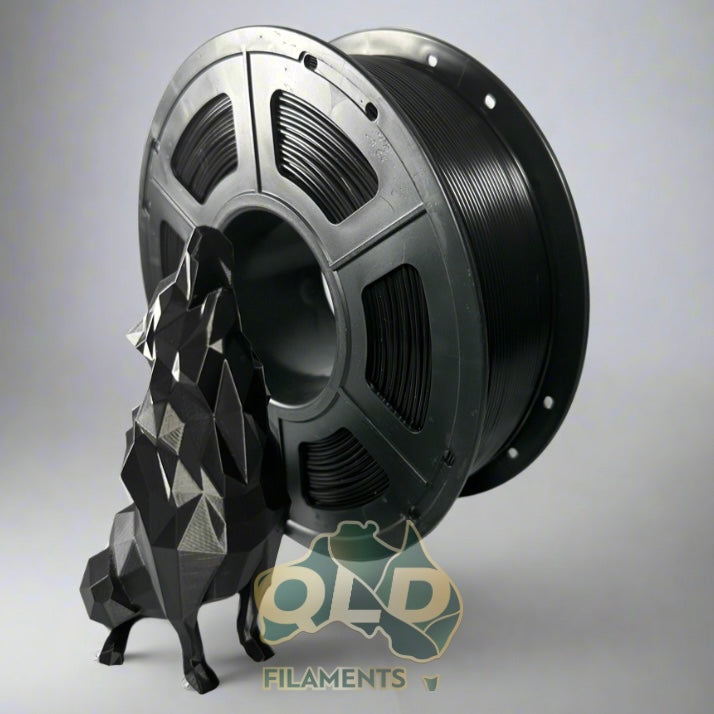Filament Types
View all-
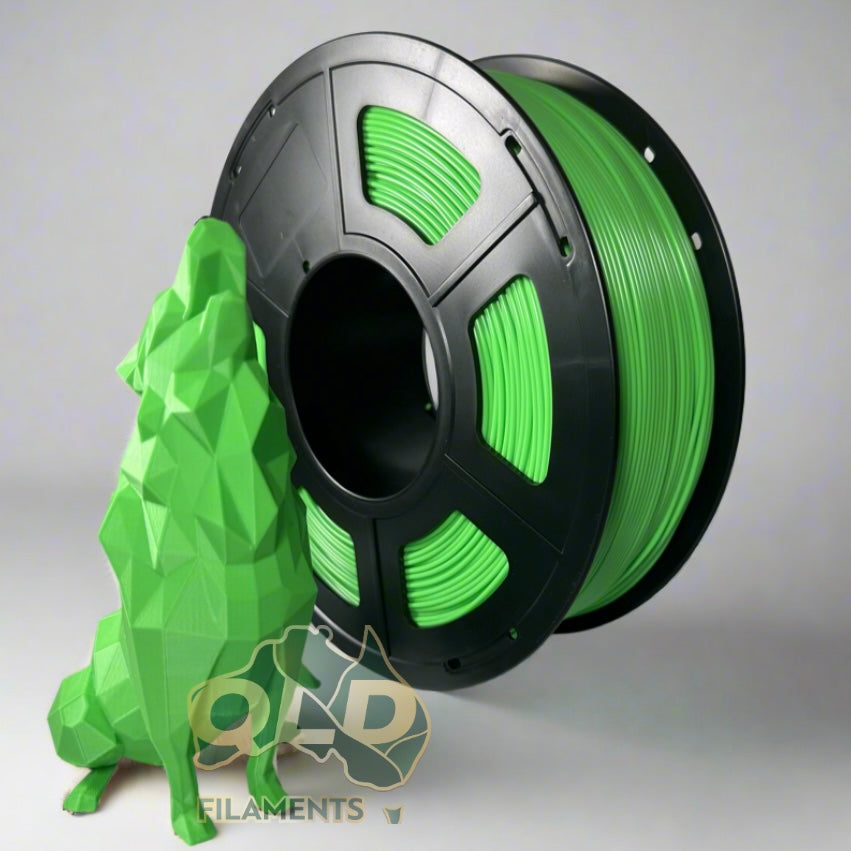
PLA (Polylactic Acid)
What Is PLA Filament? Polylactic Acid (PLA) is one of the world’s...
-
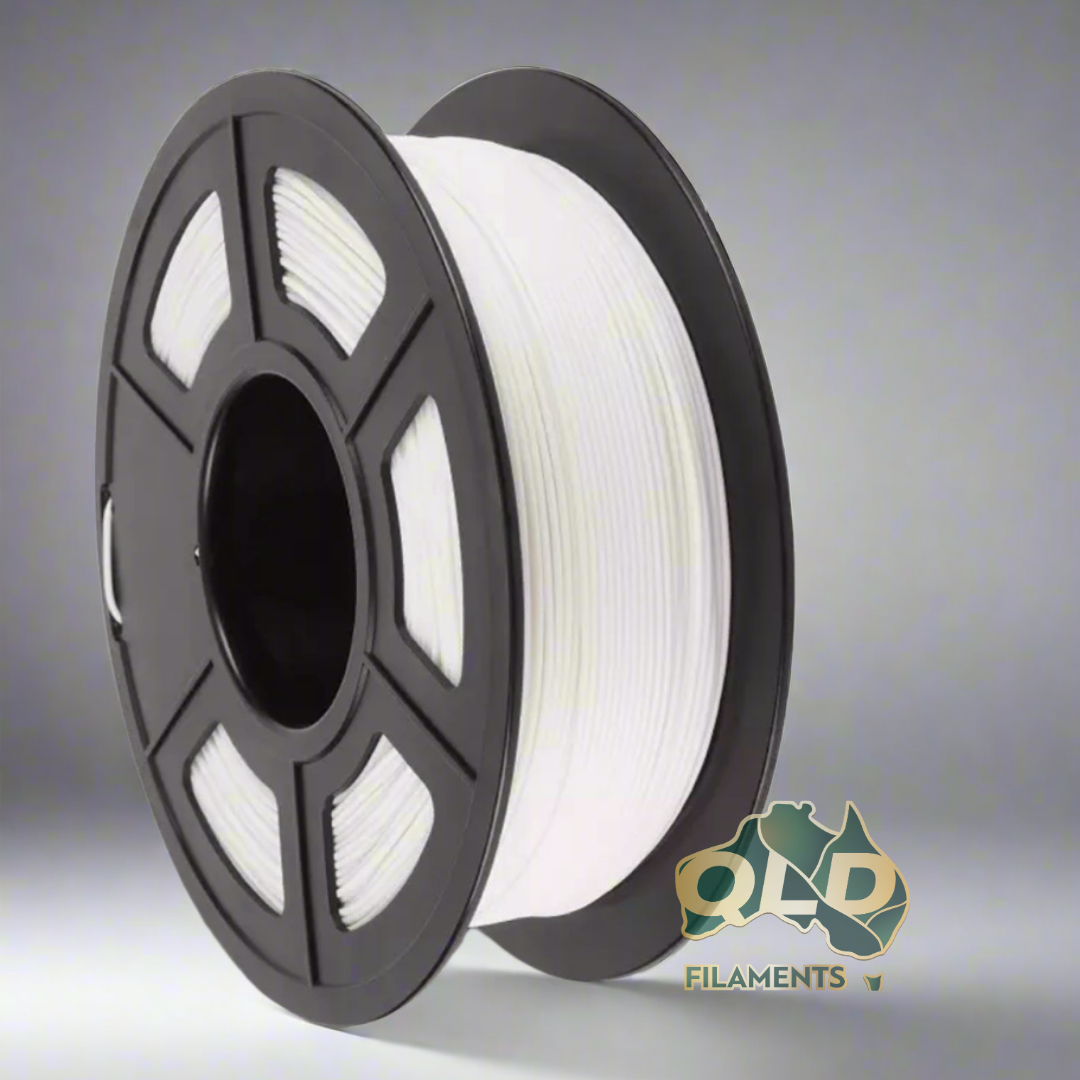
PETG- Food Safe (Polyethylene Terephthalate Glycol)
Premium PETG Filament – Strength Meets Clarity Take your 3D prints to...
-
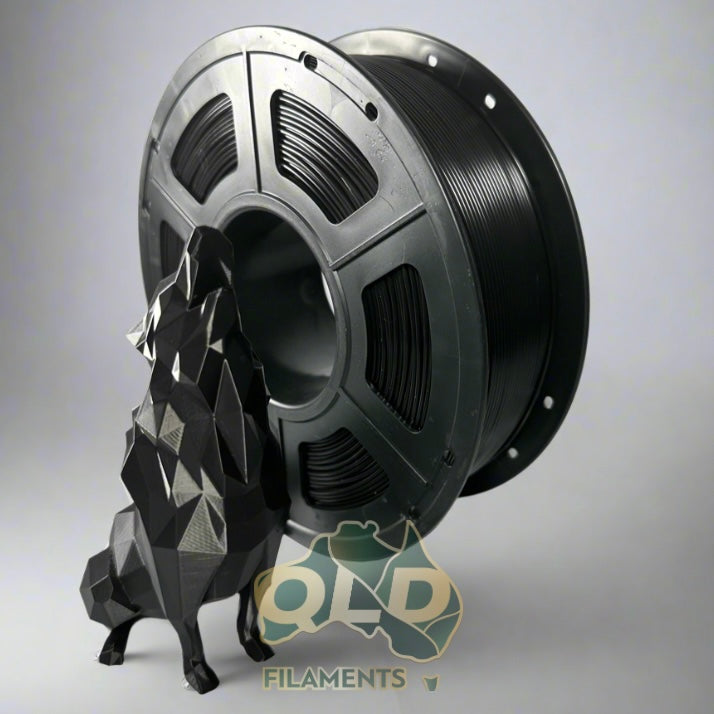
TPU (Thermoplastic Polyurethane)
TPU Flexible Filament – Bend Without Breaking Strength Meets Flexibility Experience next-level...
-
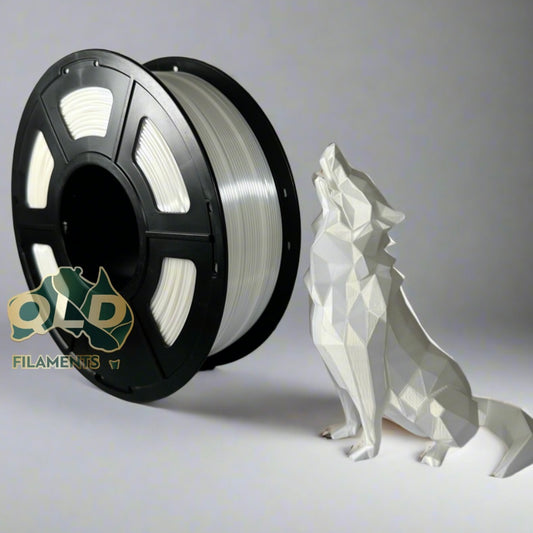
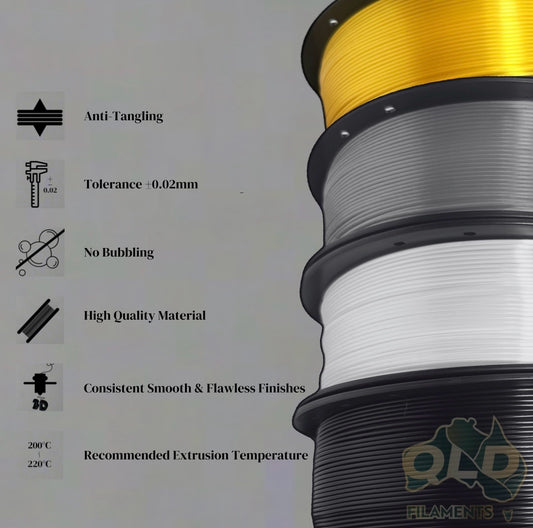 Sale
Sale
Collection: PETG- Food Safe (Polyethylene Terephthalate Glycol)
Take your 3D prints to the next level with our high-performance PETG filament—engineered for strength, reliability, and crystal-clear results. Whether you're prototyping, crafting functional parts, or creating sleek visual models, our PETG is built for makers who demand durability without sacrificing printability.
🔧 Key Features:
Exceptional Strength & Durability
Combines the ease of PLA with the toughness of ABS—perfect for functional parts, mechanical assemblies, and prototypes under real-world stress.
Chemical & Weather Resistance
Resistant to oils, solvents, and mild acids. Great for outdoor prints, lab gear, and long-lasting components.
Glossy, Glass-Like Finish
Print translucent or bold colors with beautiful clarity and minimal warping.
Easy to Print
Excellent layer adhesion, low shrinkage, and reliable extrusion. A great step up from PLA.
🛠️ Common Uses:
Prototypes & mechanical components
Garden tools & outdoor applications
Transparent models or covers
Medical-grade fixtures (non-body contact)
Kitchenware & household parts
Artistic and decorative pieces
🧪 Technical Specs:
Nozzle Temp: 230–250°C
Bed Temp: 80–90°C (heated bed required)
Print Speed: 40–60 mm/s
Cooling: Low to moderate
Storage: Keep sealed & dry to prevent moisture uptake
Why PETG?
Because when standard PLA won’t cut it, PETG stands strong. With its unique balance of toughness, print quality, and chemical resistance, it’s the go-to filament for pros and serious makers.

